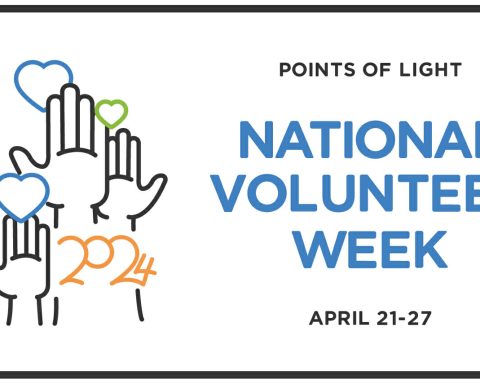National Volunteer Week is currently underway. Observed this year from Sunday, April 21 through Saturday, April 27, these seven days—the theme of which is “Celebrate Service”—provide an opportunity for those who volunteer to reflect on the people and causes that have inspired them to serve.…
Opinion
I want to commend Robert Bensen and Teresa Winchester for their highly informative article about the West End gas explosion in Oneonta.…
Letter from Jay Bosley Bassett Project Will Be Beneficial This writing is in response to your April 4, 2024 editorial regarding housing in Oneonta and Cooperstown, New York. It is true, a possible 100 percent of voting-age residents living on Averill Road, Cooperstown were against the Bassett project in January of 2023, all four of them. That changed in September of 2023, when we moved into our place. We respect our neighbors’ opposition to the Bassett project, but my wife…
Kudos to “Hometown Oneonta” for giving the extra necessary space to tell this ongoing story. Much appreciated.…
Wasn’t planning on coming back to Cooperstown this May until you ran that color photo of Cooperstown and the title of “Springtime in Cooperstown.” [issue of March 28, photo by WilliamJayMiller.com].…
Glimmerglass is not just about great theater; we are a company devoted to fostering a vibrant community. In that spirit, we announced two new initiatives last week, Neighbors’ Nights and Lyrics on the Lawn.…
I want to thank the writers of the [Oneonta explosion] article for sticking up for Desi [Moan] against all the rumors. It’s not the dead guy’s fault.…
Thank you for publishing the meticulously crafted story, “Richards Avenue Gas Explosion Not Over for Residents,” by Robert Bensen and Teresa Winchester.…
160 YEARS AGO
A melancholy affair—Our whole village was shocked last Saturday by the report suddenly circulated through the streets, that Mr. James Cockett had taken his life by shooting himself at his own home with a shot gun. Mr. C. had for more than six months been an invalid, whose recovery from severe illness and general prostration was a matter of much doubt. By careful management and nursing he was able to get outdoors a little during recent pleasant days,…
Based on investigative research that drilled deep into granular detail, the article conveyed the cause, course, and aftermath of the tragic explosion with command and clarity.…




